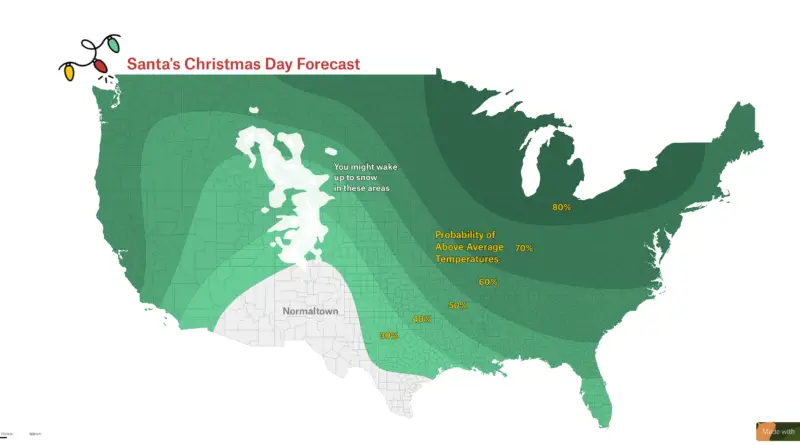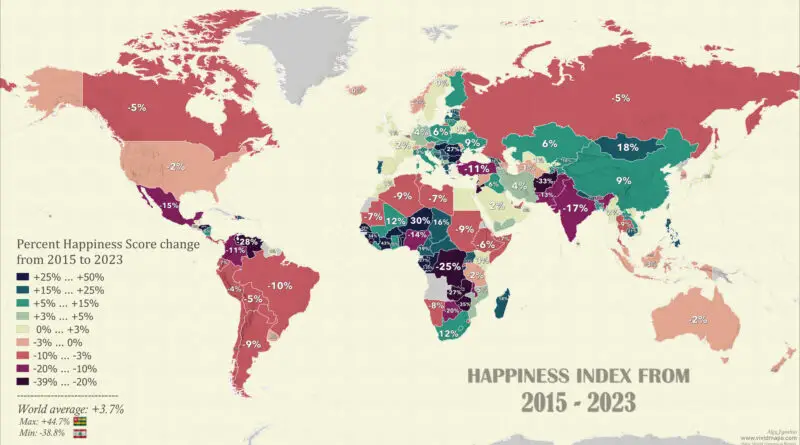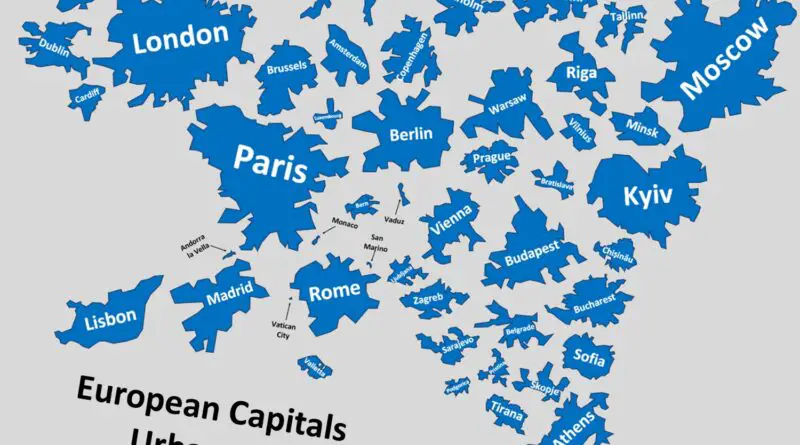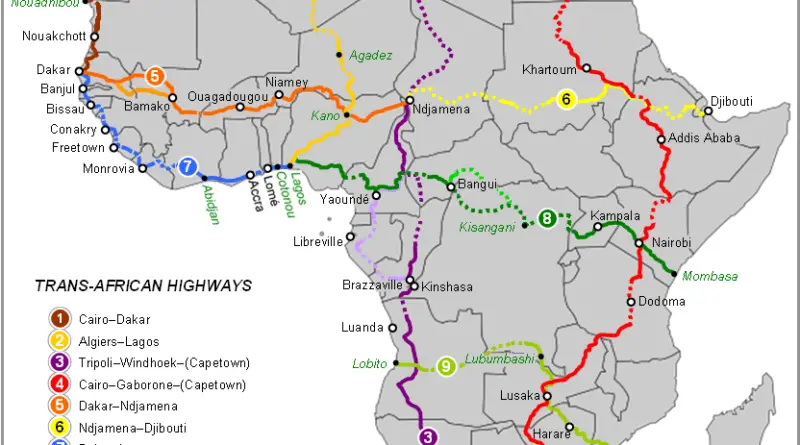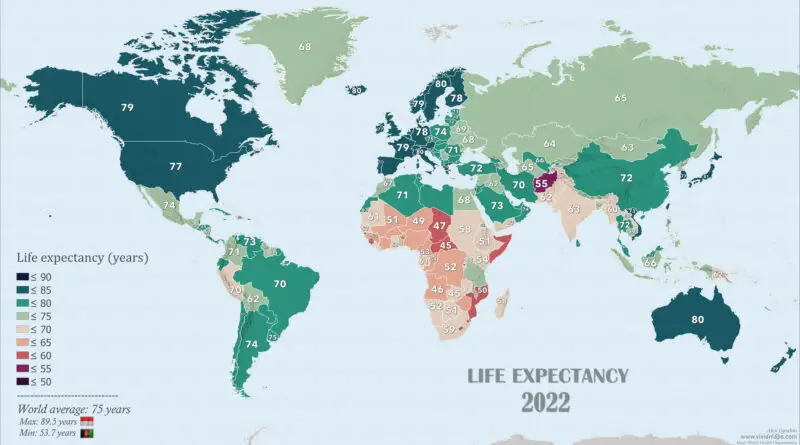23 Best Maps of 2023
As we bid farewell to the transformative year of 2023, a period marked by a tapestry of global events and dynamic shifts, we find ourselves reflecting on the multifaceted stories that have unfolded across our planet. From geopolitical changes to environmental challenges, the world map has been our steadfast companion, offering a visual narrative of the myriad landscapes that shape our shared human experience.
Read More

